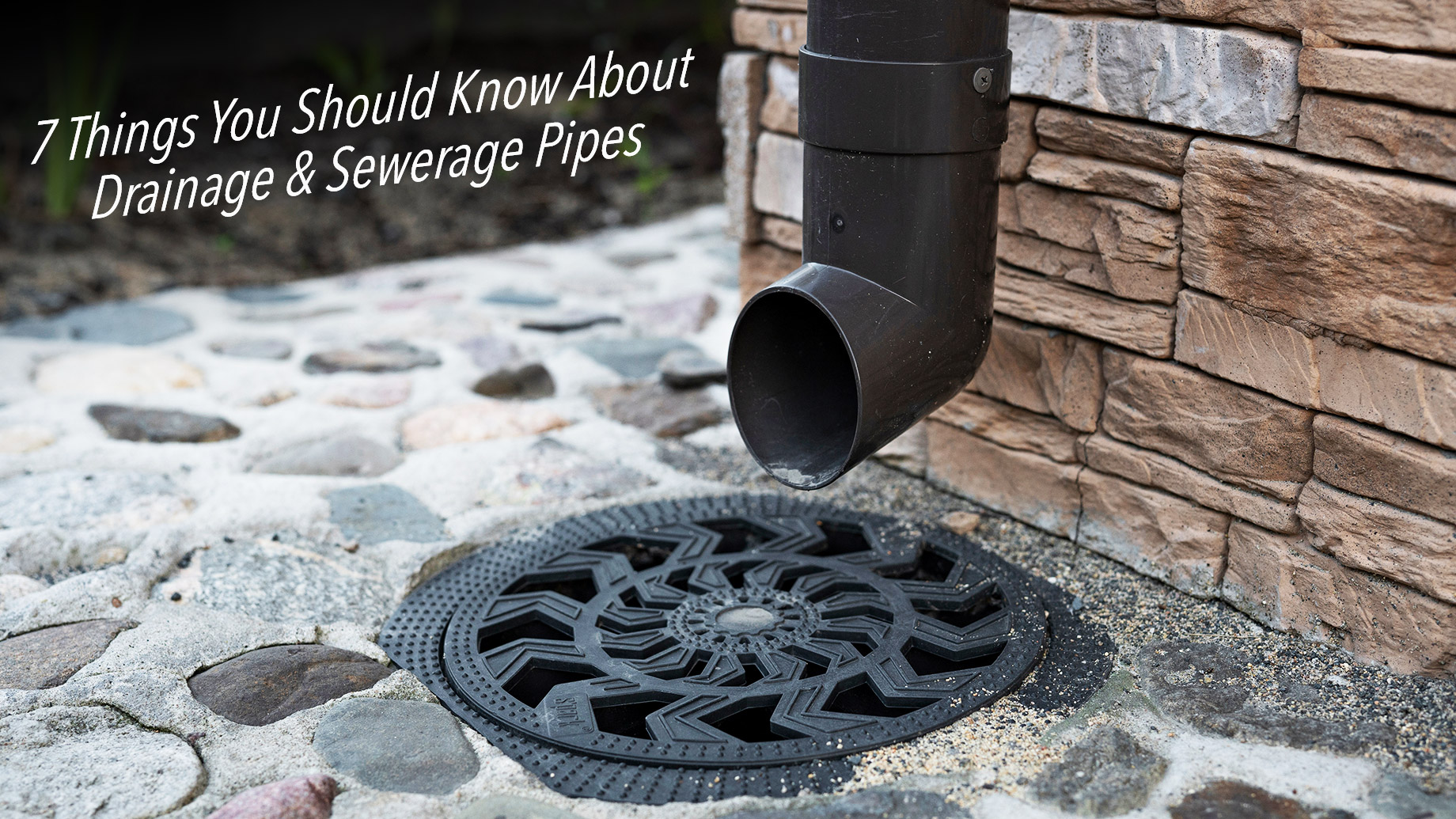
Your home’s sewage system is often a smaller unit or a component of a much bigger wastewater infrastructure or waste management system in your town. This is why drainage and sewage systems are critical components of contemporary plumbing.
You may also follow building codes, which are sets of guidelines that govern the criteria for construction in your region.
1. What are drain and sewer pipes?
There are two different kinds of pipes that are used to carry waste water through sewers and drains. Note that residential or commercial drainage pipes run from your home or business to the city sewer, but you are responsible for keeping the pipes in good shape and fixing them if they break. Another kind of pipe, called a sewer drain pipe, takes waste water from your property to the water treatment facility for your town or city. This is taken care of by the local water authority.
2. An Exceptional Drainage and Sewerage Pipe Solution by Lesso
When you want to get the most out of your drainage and sewage pipe systems, Lesso is an excellent choice. Lesso Drainage Sewerage Pipes employs skilled and experienced professionals who comprehend your drains’ requirements and the structure as a whole.
3. Different kinds of drain pipes
Polyvinyl Chloride, or PVC, is the most common type of pipe used in plumbing. This is a popular choice for Lesso Drainage & Sewerage Pipe because, when installed correctly, these pipes won’t leak for as long as you want them to be there.
Other types of drain pipes aren’t used as often because they have problems that are hard to fix. Galvanized steel, brass, and copper pipes should last at least 20 years. Lead pipes are rarely used anymore because they could damage the water supply and make it unsafe for the future.
4. How long do sewer pipes usually last?
A standard sewer line can last anywhere from 50 to 100 years, depending on how well it was built and put in place. Most people think that mist sewer pipes last about 75 years on average. In addition, things that have happened underground over time and the materials around the sewer can also affect how long the pipes will last.
5. Symptoms of a Clogged Sewer
What will you do if your main sewage drain becomes clogged? There are some warning signals to watch for if your house or business’s sewage drain system is plugged.
Several plumbing fixtures may be clogged.
As a low-lying plumbing fixture, the toilet is often the first to show signs of trouble. The same is true for the tub or shower drain. But any other drain can also get clogged. First, check the toilet, then the rest of the plumbing in your home.
6. What is the best method for cleaning sewage pipes?
The three most prevalent methods for drain cleaning are store-bought chemicals, drain snakes, and hydro-jetting. Hydro-jetting is the most popular and environmentally-friendly method. Utilizing chemical drain cleaners, chemical cleaning is the cheapest method for cleaning sewage drains. However, they are not the ideal alternative for drain cleaning.
Hydro-jetting and snake drain cleaning are a little more complex. Snake drain cleaning employs plumbing auger equipment to remove trash from the pipes, while hydro-jetting uses pressured water to dislodge various types of dirt and waste from the pipes.
7. How to Examine Your Clean-Up
The majority of residences will have at least one clean-out on their main sewage lines. The clean-out is a small pipe or a Tee-shaped fitting that is connected to a drain pipe. Typically, it is located in the yard, basement, or crawlspace. Typically, a drain clean-out is necessary at every curve, direction change, and before the house drain departs the residence. Occasionally, your garbage disposal may be positioned outside of your house. You may attempt to verify it yourself with care. Exterior sewage access trenches may be deep, have broken stairs, or provide a slipping danger.
Conclusion
If water leaks from the clean-out when the plug is loosened, tighten it back up and contact a plumber immediately. When the blockage is removed without water gushing out, examine the drain itself. If there is water in the pipe, there is likely a blockage in the sewage line.